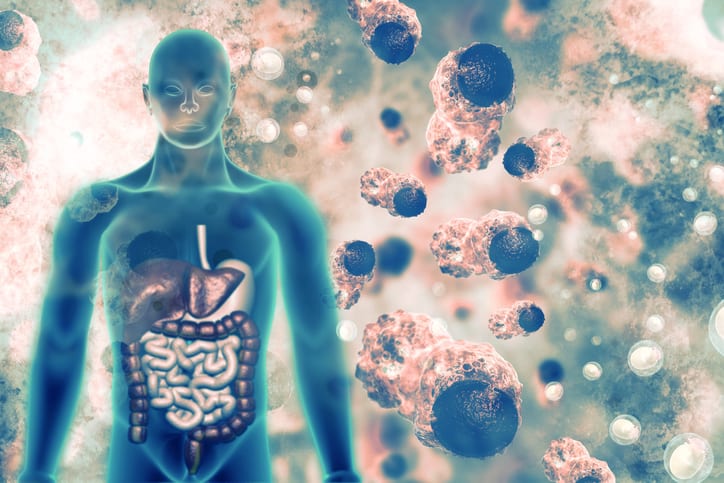Single-center Nanotechnology Study for Urothelial Carcinoma


The following is a summary of the “Diagnostic performance of an immunoassay based on urine exfoliated cell enrichment nanotechnology for upper tract urothelial carcinoma: a retrospective, monocentric study” published in the November 2022 issue of Urology by Wang et al.
There were still no noninvasive ways to diagnose urothelial carcinoma of the upper urinary tract urothelial carcinoma (UTUC) using urine. Researchers tested the diagnostic value of the urine-based assay (UTC assay) they had already made for UTUC. They looked back at 90 patients who might have had UTUC and 40 donors who didn’t have UTUC. UTC assay and fluorescence in situ hybridization (FISH) were used to examine urine samples. The UTC assay and FISH performance were compared in 60 patients with histologically confirmed UTUC and 40 healthy donors.
There were 8 low-grade UTUCs and 52 high-grade ones among the 60. Overall, the UTC assay and FISH were both 85% sensitive and FISH was 73.3% sensitive (P=0.116). The specificities for the UTC assay and FISH were 92.5% and 95%, respectively (P=not significant). By grade, the UTC assay and FISH sensitivities were 87.5% vs. 37.5% (P=0.119) for low-grade UTUC and 84.6% vs. 78.8% (P=0.446) for high-grade UTUC. By stage, the UTC assay was much better at finding non-muscle-invasive UTUC than FISH, with a sensitivity of 88.5% vs. 61.5%, respectively (P=0.025).
The UTC assay works well to diagnose UTUC without cutting. In addition, UTC assay may help doctors better find and keep an eye on low-grade or superficial UTUC.
Source: bmcurol.biomedcentral.com/articles/10.1186/s12894-022-01122-4



